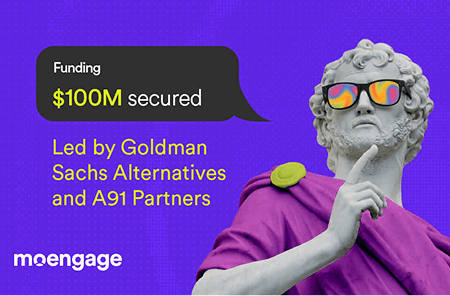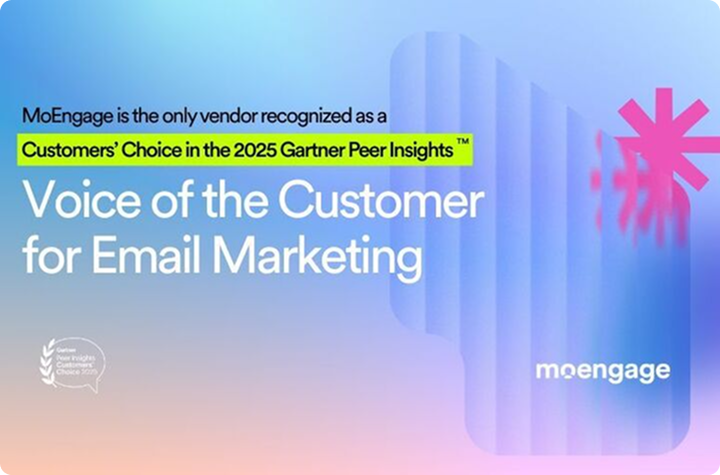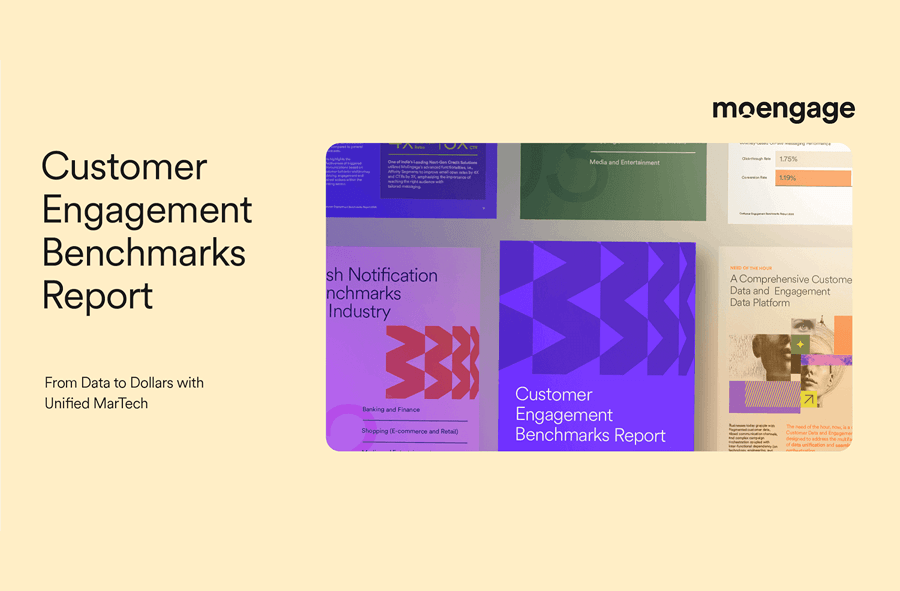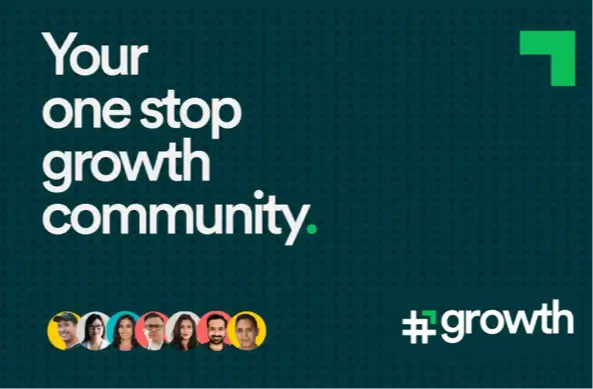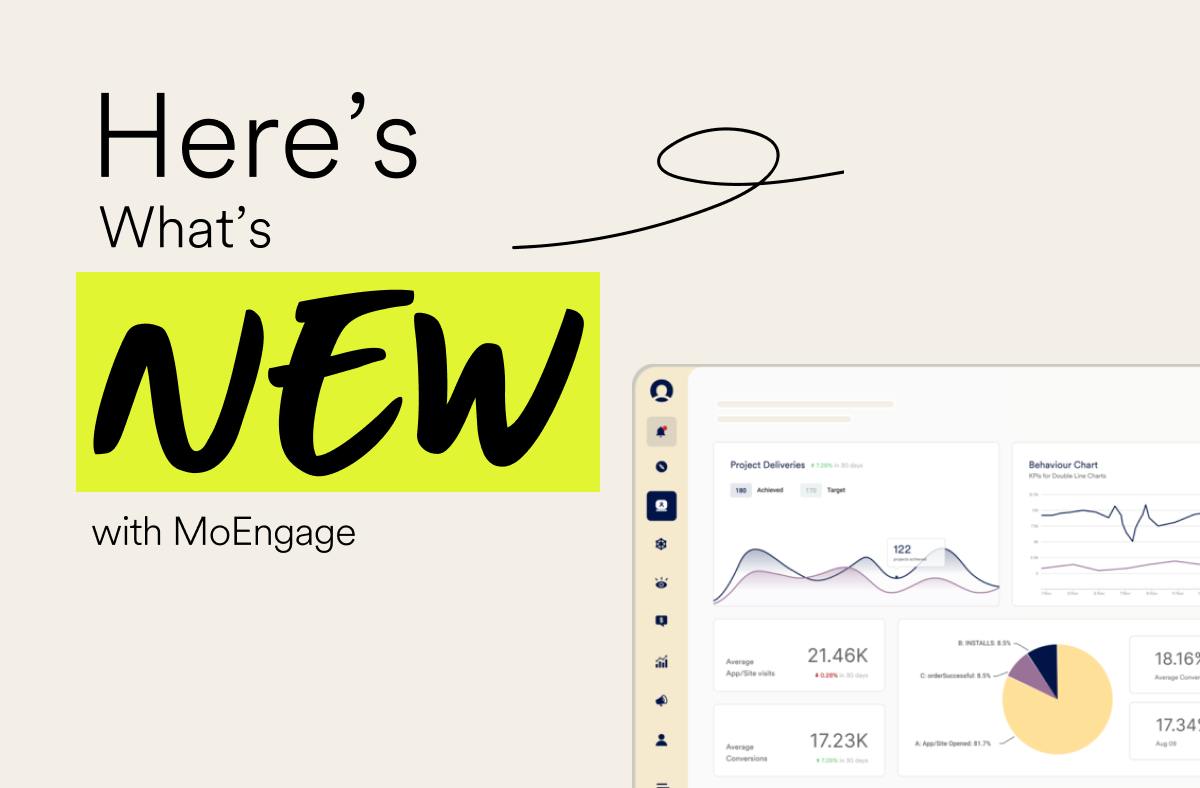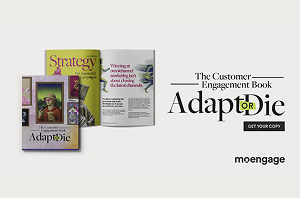Alec Haase Q&A: Customer Engagement Book Interview
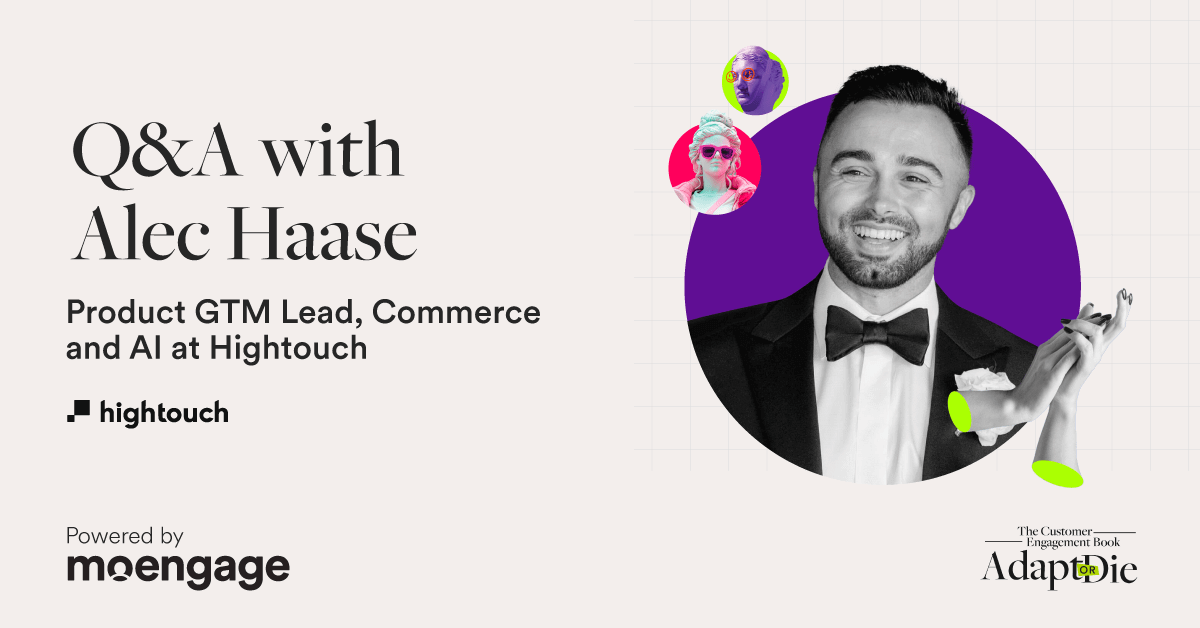
Reading Time: 6 minutes
What is marketing without data? Assumptions. Guesses. Fluff.
For Chapter 6 of our book, “The Customer Engagement Book: Adapt or Die,” we spoke with Alec Haase, Product GTM Lead, Commerce and AI at Hightouch, to explore how engagement data can truly inform critical business decisions.
Alec discusses the different types of customer behaviors that matter most, how to separate meaningful information from the rest, and the role of systems that learn over time to create tailored customer experiences.
This interview provides insights into using data for real-time actions and shaping the future of marketing. Prepare to learn about AI decision-making and how a focus on data is changing how we engage with customers.
Alec Haase Q&A Interview
1. What types of customer engagement data are most valuable for making strategic business decisions?
It’s a culmination of everything.
Behavioral signals — the actual conversions and micro-conversions that users take within your product or website.
Obviously, that’s things like purchases. But there are also other behavioral signals marketers should be using and thinking about. Things like micro-conversions — maybe that’s shopping for a product, clicking to learn more about a product, or visiting a certain page on your website.
Behind that, you also need to have all your user data to tie that to.
So I know someone took said action; I can follow up with them in email or out on paid social. I need the user identifiers to do that.
2. How do you distinguish between data that is actionable versus data that is just noise?
Data that’s actionable includes the conversions and micro-conversions — very clear instances of “someone did this.” I can react to or measure those.
What’s becoming a bit of a challenge for marketers is understanding that there’s other data that is valuable for machine learning or reinforcement learning models, things like tags on the types of products customers are interacting with.
Maybe there’s category information about that product, or color information. That would otherwise look like noise to the average marketer. But behind the scenes, it can be used for reinforcement learning.
There is definitely the “clear-cut” actionable data, but marketers shouldn’t be quick to classify things as noise because the rise in machine learning and reinforcement learning will make that data more valuable.
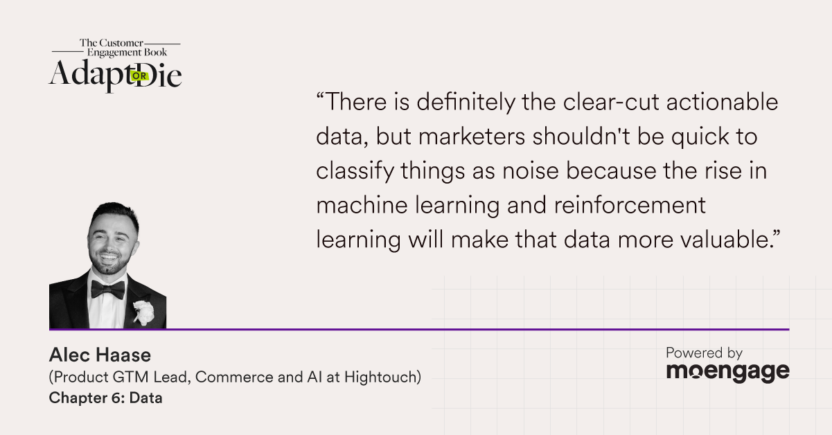
3. How can customer engagement data be used to identify and prioritize new business opportunities?
At Hightouch, we don’t necessarily think about retroactive analysis. We have a system where we have customer engagement data firing in that we then have real-time scores reacting to.
An interesting example is when you have machine learning and reinforcement learning models running. In the pet retailer example I gave you, the system is able to figure out what to prioritize.
The concept of reinforcement learning is not a marketer making rules to say, “I know this type of thing works well on this type of audience.”
It’s the machine itself using the data to determine what attribute responds well to which offer, recommendation, or marketing campaign.
4. How can marketers ensure their use of customer engagement data aligns with the broader business objectives?
It starts with the objectives. It’s starting with the desired outcome and working your way back. That whole flip of the paradigm is starting with outcomes and letting the system optimize. What are you trying to drive, and then back into the types of experiences that can make that happen?
There’s personalization.
When we talk about data-driven experiences and personalization, Spotify Wrapped is the North Star. For Spotify Wrapped, you want to drive customer stickiness and create a brand. To make that happen, you want to send a personalized email. What components do you want in that email?
Maybe it’s top five songs, top five artists, and then you can back into the actual event data you need to make that happen.
5. What role does engagement data play in influencing cross-functional decisions such as those in product development, sales, or customer service?
For product development, it’s product analytics — knowing what features users are using, or seeing in heat maps where users are clicking.
Sales is similar. We’re using behavioral signals like what types of content they’re reading on the site to help inform what they would be interested in — the types of products or the types of use cases.
For customer service, you can look at errors they’ve run into in the past or specific purchases they’ve made, so that when you’re helping them the next time they engage with you, you know exactly what their past behaviors were and what products they could be calling about.
6. What are some challenges marketers face when trying to translate customer engagement data into actionable insights?
Access to data is one challenge. You might not know what data you have because marketers historically may not have been used to the systems where data is stored.
Historically, that’s been pretty siloed away from them. Rich behavioral data and other data across the business was stored somewhere else.
Now, as more companies embrace the data warehouse at the center of their business, it gives everyone a true single place where data can be stored.
Marketers are working more with data teams, understanding more about the data they have, and using that data to power downstream use cases, personalization, reinforcement learning, or general business insights.
7. How do you address skepticism or resistance from stakeholders when presenting data-driven recommendations?
As a marketer, I think proof is key. The best thing is if you’ve actually run a test. “I think we should do this. I ran a small test, and it’s showing that this is actually proving out.” Being able to clearly explain and justify your reasoning with data is super important.
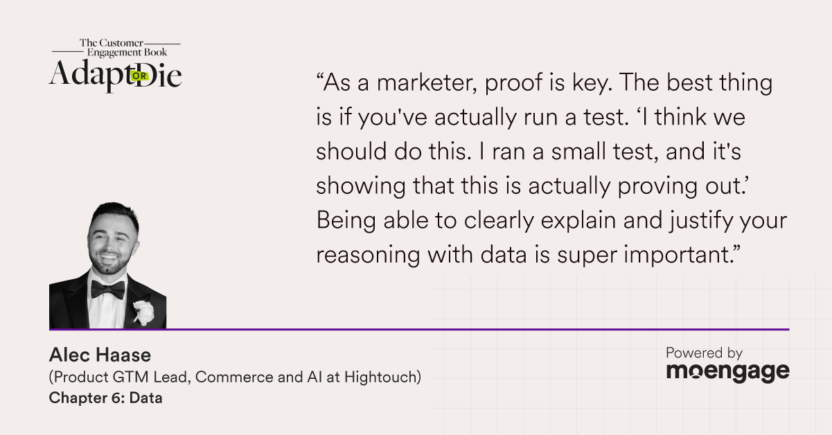
8. What technology or tools have you found most effective for gathering and analyzing customer engagement data?
Any type of behavioral event collection, specifically ones that write to the cloud data warehouse, is the critical component. Your data team is operating off the data warehouse.
Having an event collection product that stores data in that central spot is really important if you want to use the other data when making recommendations.
You want to get everything into the data warehouse where it can be used both for insights and for putting into action.
For Spotify Wrapped, you want to collect behavioral event signals like songs listened to or concerts attended, writing to the warehouse so that you can get insights back — how many songs were played this year, projections for next month — but then you can also use those behavioral events in downstream platforms to fire off personalized emails with product recommendations or Spotify Wrapped-style experiences.
9. How do you see the role of customer engagement data evolving in shaping business strategies over the next five years?
What we’re excited about is the concept of AI Decisioning — having AI agents actually using customer data to train their own models and decision-making to create personalized experiences.
We’re sitting on top of all this behavioral data, engagement data, and user attributes, and our system is learning from all of that to make the best decisions across downstream systems.
Whether that’s as simple as driving a loyalty program and figuring out what emails to send or what on-site experiences to show, or exposing insights that might lead you to completely change your business strategy, we see engagement data as the fuel to the engine of reinforcement learning, machine learning, AI agents, this whole next wave of Martech that’s just now coming.
But it all starts with having the data to train those systems.
I think that behavioral data is the fuel of modern Martech, and that only holds more true as Martech platforms adopt these decisioning and AI capabilities, because they’re only as good as the data that’s training the models.
This interview Q&A was hosted with Alec Haase, Product GTM Lead, Commerce and AI at Hightouch, for Chapter 6 of The Customer Engagement Book: Adapt or Die.
Download the PDF or request a physical copy of the book here.

